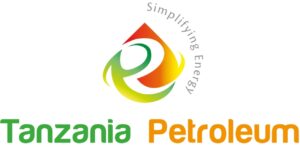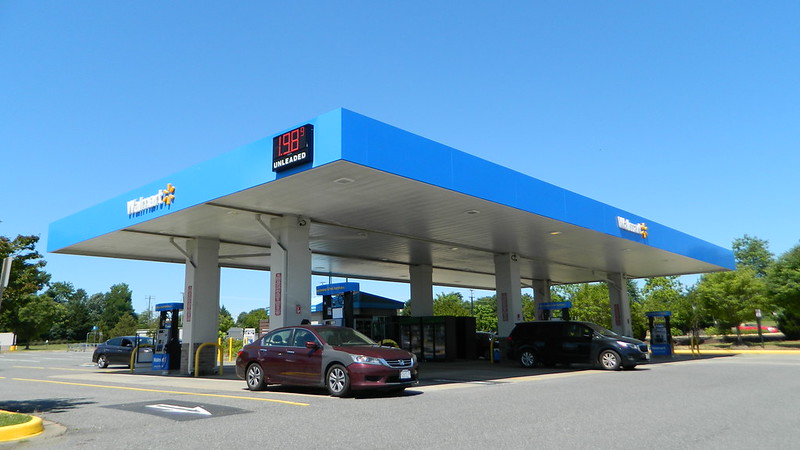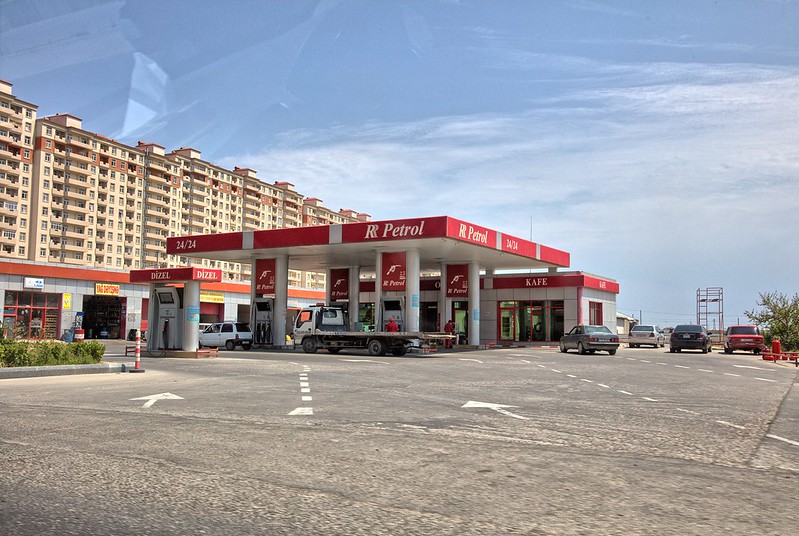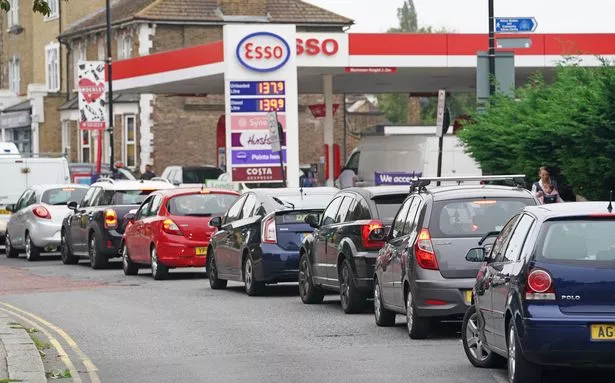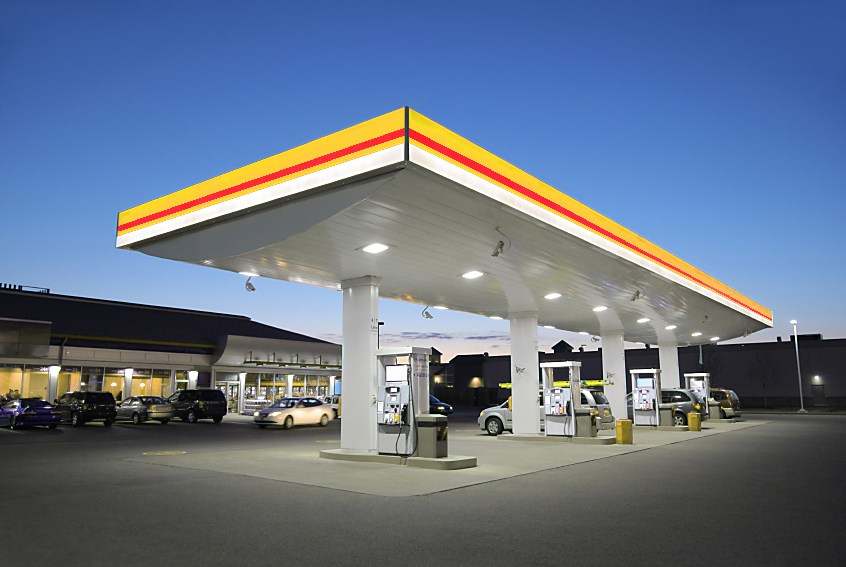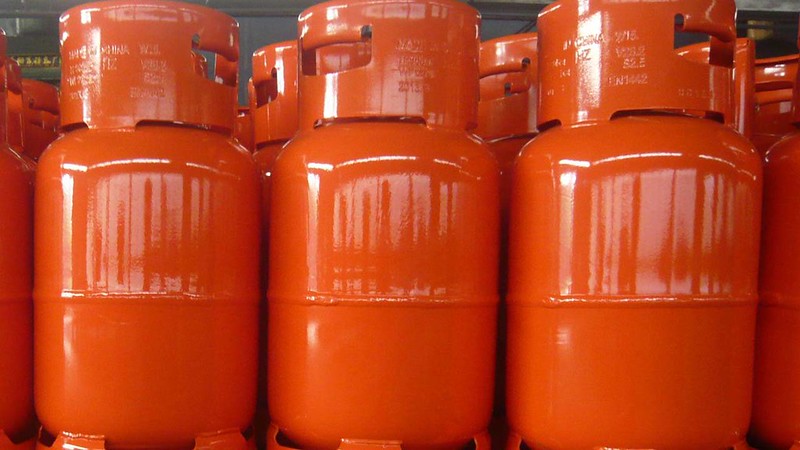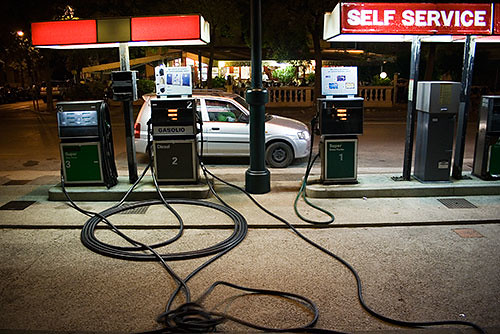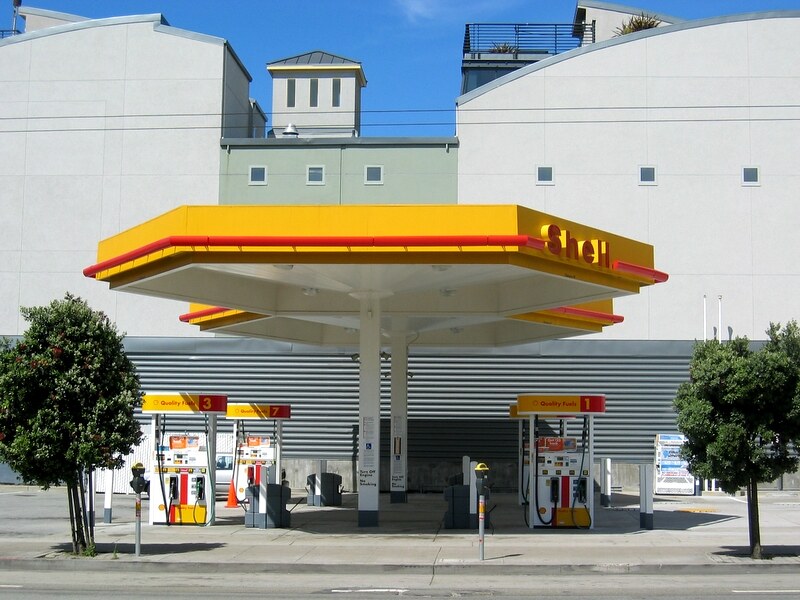Exploring Funding Opportunities for Petrol Stations Projects in Tanzania
/in Compressed natural gas(CNG)/by Tanzania PetroleumIn recent years, the demand for petroleum products in Tanzania has been on the rise, presenting lucrative opportunities for entrepreneurs looking to invest in petrol stations.
Why Choosing the Right Petrol Station Location in Tanzania Can Make or Break Your Business
/in Compressed natural gas(CNG)/by Tanzania PetroleumSetting up a petrol station in Tanzania is a high-potential investment, but one of the most critical decisions you’ll make is where to build. Location is more than just a spot on the map—it determines everything from your sales volume to your profitability. But how do you know if the location you’ve chosen is the right one?
In this blog post, we’ll break down exactly why the right location matters and how a fast, hands-on feasibility study can save you from costly mistakes and lead you to a profitable petrol station business in Tanzania.
Why Location is the Lifeblood of Your Petrol Station.
Imagine investing millions in your petrol station, only to find that traffic is light, competitors dominate the area, and your sales projections were overly optimistic. It’s a nightmare scenario that far too many investors face, simply because they didn’t conduct a proper location assessment before breaking ground.
Here’s why the right location is everything for your petrol station business:
- Traffic Equals Sales
The more vehicles that pass by your station, the more fuel you’ll sell—it’s that simple. But understanding the exact number of vehicles and types of traffic (buses, motorcycles, trucks, etc.) passing through your chosen location is essential. This is how you estimate fuel demand and decide if your site can generate enough sales to stay profitable.
Without accurate traffic data, you’re guessing. And in business, guessing is expensive.
- Competition Can Crush You—or Create Opportunity
The success of your petrol station depends not just on how many vehicles pass by, but on how well you can compete with existing stations in the area. Are there multiple established stations nearby? Are they offering better prices or services?
By understanding your competition, you can find ways to differentiate your station—whether that’s through pricing, additional services, or a better customer experience. But if you don’t know what you’re up against, it’s easy to be crushed by stronger, more established competitors.
- Infrastructure Requirements Vary by Location.
Choosing a busy, high-traffic area for your station might seem like a no-brainer, but it could also mean higher infrastructure costs. You’ll need to ensure your station has enough pumps, flow rates, and storage capacity to handle the traffic.
The wrong infrastructure choices can lead to long wait times, poor customer experience, and ultimately, lower sales. By assessing the site properly, you can design your station to meet demand without overspending on unnecessary infrastructure.
- Financial Projections Depend on Real Data.
Your business plan needs accurate investment estimates, break-even points, and return on investment (ROI) projections. But these projections are only as good as the data you base them on. If you don’t have accurate numbers for traffic, competitors, and infrastructure costs, your entire financial forecast could be off—potentially leading to disastrous consequences down the line.
The Problem with Traditional Feasibility Studies.
For many petrol station investors in Tanzania, the go-to solution is hiring a consultant to perform a traditional feasibility study. However, these studies are often:
Slow: They can take weeks or even months, delaying your ability to make decisions and move forward.
Overly Complex: They come with excessive data, technical jargon, and unnecessary details that can confuse more than clarify.
Expensive: You end up paying a premium for insights that are either too broad or too theoretical to apply effectively to your specific location.
At the end of the day, you need actionable insights, not a 100-page report filled with statistics you can’t use.
A Better Way: Fast, Hands-On Feasibility Study
We’ve developed a fast, on-the-ground feasibility study that’s designed specifically for petrol station investors in Tanzania. It cuts through the clutter of traditional studies and gives you the real-world data you need to make informed decisions—quickly.
Here’s how we do it:
- On-Site Traffic Count
We don’t rely on outdated traffic data. Instead, we visit your chosen location to conduct a real-time traffic count, identifying the exact number and types of vehicles passing through. This gives you an accurate picture of your potential customer base and fuel demand.
- Competitor Analysis
We analyze nearby petrol stations, identifying their strengths, weaknesses, pricing strategies, and customer traffic. With this data, you can better understand your competitive landscape and how to position your station for success.
- Sales Volume Projections
Based on traffic and competitor data, we estimate your potential sales volumes for both diesel and petrol. You’ll know exactly how much fuel your station could sell, helping you set realistic expectations.
- Infrastructure Recommendations
We provide tailored recommendations for pumps, storage tanks, and flow rates based on the traffic volume at your location. This ensures you have the right infrastructure to handle demand without overspending.
- Investment Costs, Break-Even, and ROI
Our study includes an estimate of your investment costs, including construction and equipment. We’ll also calculate your break-even point and return on investment (ROI) so you can plan your finances effectively and know when you’ll start seeing a profit.
Why Our Approach is Different
Unlike traditional feasibility studies, we focus on:
Speed: You’ll receive your 1-page feasibility report within 72 hours of our on-site visit. No waiting around for weeks to get the answers you need.
Simplicity: Our report is clear and to the point. We give you the data that matters—no unnecessary details or overwhelming statistics.
Real-World Data: By conducting traffic counts and competitor analysis on-site, we base our projections on actual conditions, not theoretical models.
Conclusion: Don’t Guess—Know.
Building a petrol station is a major investment, and you can’t afford to guess whether your chosen location will succeed. With our fast, on-the-ground feasibility study, you get real-world insights that allow you to make confident, informed decisions.
Are you ready to assess your location’s potential and move forward with confidence?
Contact us today to book your on-site feasibility study and receive your report within 72 hours. Don’t leave your investment to chance—get the data you need to succeed.
Analyzing the Costs of Establishing and Operating a Petrol Station in Tanzania
/in Compressed natural gas(CNG)/by Tanzania PetroleumTanzania’s growing economy and increasing demand for petroleum products make the establishment and operation of a petrol station an appealing business opportunity.
However, before venturing into this industry, it is crucial to conduct a comprehensive cost analysis to ensure that the business remains profitable and sustainable.
In this article, we will explore the essential factors involved in the cost analysis of setting up and running a petrol station in Tanzania.
1. Land Acquisition and Location
The first significant cost consideration is the acquisition of land for the petrol station. The cost of land can vary significantly depending on the location within Tanzania.
Prices may differ between urban and rural areas. Selecting an optimal location, preferably near busy roads or in areas with high population density, is essential to attract a steady flow of customers.
Land acquisition often constitutes a substantial portion of the initial investment.
2. Regulatory and Licensing Costs
Acquiring the necessary permits and licenses to operate a petrol station in Tanzania can be a time-consuming and costly process. Various permits are required, including those for environmental compliance, construction, and fuel storage.
It is imperative to allocate a budget for these costs, as non-compliance with regulations may result in penalties or the closure of the petrol station.
3. Construction and Infrastructure
Constructing the petrol station, which includes fuel pumps, underground storage tanks, a convenience store, and other infrastructure, is a significant expense.
The quality of construction and equipment is vital for ensuring safety and the long-term viability of the station. Properly designed fuel storage systems are necessary to prevent leaks and contamination, which could lead to expensive environmental cleanup.
4. Equipment and Technology
Investing in high-quality fuel dispensers, point-of-sale systems, and surveillance equipment is crucial for ensuring efficient operations and security.
While the initial costs may be substantial, they are necessary for smooth and secure day-to-day operations.
5. Inventory and Fuel Supply
An initial investment is required to purchase an inventory of petroleum products. Establishing reliable suppliers and negotiating favorable terms are essential for managing ongoing costs and ensuring profitability.
6. Operating Expenses
Running a petrol station in Tanzania comes with various ongoing expenses. These include employee salaries, utilities, maintenance, insurance, and marketing. Developing a well-structured budget and business plan to manage these operational costs is essential for long-term success.
7. Environmental Compliance
Tanzania has strict environmental regulations that petrol stations must adhere to. Compliance costs, such as regular testing and maintenance of underground tanks, can be significant.
Ensuring compliance with these regulations is both a legal requirement and a measure to protect the environment.
8. Competition and Pricing Strategy
Competitive pricing is crucial in a market with multiple petrol stations. Striking the right balance between pricing that is competitive but also maintains profit margins is a challenge. A well-thought-out pricing strategy is needed to succeed in this competitive environment.
Conclusion
Starting and operating a petrol station in Tanzania offers significant potential, but it demands meticulous cost analysis and planning. Land acquisition, regulatory compliance, construction, equipment, ongoing operational expenses, and environmental compliance all contribute to the overall costs. To succeed, understanding the market, adhering to regulations, and implementing a strategic pricing approach are essential. Conducting a thorough cost analysis is the foundation for making informed decisions and establishing a profitable and sustainable petrol station business in Tanzania.
Fueling Success: Business Strategies in Tanzania’s Petrol Station Sector
/in Compressed natural gas(CNG)/by Tanzania PetroleumIntroduction
Crafting a Strategic Blueprint for the LPG Sector in Tanzania
/in Compressed natural gas(CNG)/by Tanzania PetroleumSeeking A Business Plan Consultancy For Your Petrol Staion, LPG, Lubricants Oils or Energy Business in Tanzania and Africa?
/in Compressed natural gas(CNG)/by Tanzania PetroleumNavigating the Lubricant Sector in Tanzania: A Thriving Industry Amidst Challenges
/in Compressed natural gas(CNG)/by Tanzania PetroleumIntroduction
Tanzania’s lubricant sector has witnessed significant growth and transformation in recent years, playing a crucial role in powering the nation’s industrial, transportation, and agricultural sectors.
This article explores the dynamic landscape, key players, challenges, and potential opportunities within the Tanzanian lubricant industry.
The Lubricant Sector in Tanzania: A Vital Cog in the Economy
Lubricants are the lifeblood of machinery and engines across various industries, ensuring smooth operation, reduced friction, and extended equipment life.
In Tanzania, these vital fluids find application in the automotive sector, manufacturing, agriculture, and mining, making the lubricant industry an indispensable part of the nation’s economy.
Key Players in Tanzania’s Lubricant Market.
A spectrum of local and international companies has established a strong presence in the Tanzanian lubricant market. Renowned global players such as Total, Oryx, and Mineral oil have a significant market share, offering a comprehensive range of lubricant products tailored to meet the diverse needs of Tanzanian industries. At the same time, indigenous companies have also been making their mark, contributing to the sector’s expansion and competitiveness.
Challenges Confronting the Lubricant Industry.
While the sector shows promise, it faces several pressing challenges:
1. Quality Assurance: Ensuring consistent quality in lubricant products remains a concern, with counterfeit and substandard products occasionally infiltrating the market.
This affects not only the efficiency of machinery but also raises questions about long-term durability.
2. Infrastructure Limitations:
The country’s infrastructure, particularly in rural areas, is still developing, posing logistical challenges for efficient product distribution. This issue can lead to supply chain disruptions and increased costs.
3. Environmental Responsibility:
The industry is facing growing pressure to adopt eco-friendly lubricants and establish sustainable disposal practices. This move is in response to concerns about the environmental impact of conventional lubricants.
Future Outlook for Tanzania’s Lubricant Industry.
Despite these challenges, the lubricant sector in Tanzania holds a promising outlook:
1. Economic Growth: Tanzania’s expanding economy is expected to drive growth across industries that rely on lubricants, including manufacturing, agriculture, and transportation. This is set to increase the demand for lubricant products.
2. Investment and Innovation:
Local and international companies are making substantial investments in the Tanzanian lubricant market, fostering product innovation, and expanding distribution networks to reach a broader customer base.
3. Regulatory Enhancement: The government’s commitment to enhancing industry regulation and product quality control is likely to bolster consumer confidence and protect against substandard products.
In conclusion, the lubricant sector in Tanzania plays a vital role in supporting the nation’s various industries. With continued investment, improved regulation, and a growing focus on environmental sustainability, the industry is poised for sustained growth, contributing not only to the nation’s economy but also to its sustainable development.
Navigating the Costs of Petrol Station Pump Dispensers in Tanzania
/in Compressed natural gas(CNG)/by Tanzania PetroleumIntroduction
For investors considering a venture into the petrol station business in Tanzania, one of the essential aspects to understand is the cost associated with petrol station pump dispensers. These vital components of your station play a significant role in the overall investment. In this article, we provide guidance to investors on the factors that influence the price of petrol station pump dispensers in Tanzania.
1. Pump Dispenser Types
Petrol station pump dispensers come in various types, including mechanical and electronic models. Mechanical dispensers are generally less expensive, while electronic dispensers offer advanced features but come at a higher cost. Understanding your station’s specific needs is crucial to making an informed choice.
2. Pump Dispenser Capacity
The capacity of the pump dispenser refers to how much fuel it can dispense per minute.
Larger capacity dispensers typically cost more but can serve more customers at once, which is essential for high-traffic stations.
Smaller stations may opt for lower-capacity dispensers to manage costs.
3. Quality and Brand
The brand and quality of pump dispensers can significantly affect the price. Established brands with a reputation for durability and reliability may come at a premium.
While it’s tempting to cut costs, investing in high-quality dispensers can lead to long-term savings by reducing maintenance and replacement expenses.
4. Regulatory Compliance
Tanzania’s Energy and Water Utilities Regulatory Authority (EWURA) sets specific standards for pump dispensers, including accuracy and safety. Ensure that the dispensers you choose meet these requirements to avoid fines and operational disruptions.
5. Maintenance and Support
Consider the availability of maintenance services and technical support. A reliable after-sales service can be invaluable to ensure that your dispensers remain in good working condition, minimizing downtime.
6. Installation Costs
Installation costs can vary based on the location of your petrol station, the complexity of the installation process, and any necessary infrastructure adjustments.
It’s essential to include these expenses in your investment budget.
7. Comparison Shopping
Investors should explore multiple suppliers and obtain quotes from different vendors. Comparing prices and negotiating for the best deal can help you secure cost-effective pump dispensers.
8. Local Conditions
Consider local conditions and factors that might influence your choice of dispensers. For instance, if you’re in a remote area with irregular power supply, you may need dispensers that can operate efficiently with limited power resources.
Conclusion
Understanding the price of petrol station pump dispensers is a vital aspect of your investment in the petrol station business in Tanzania. Make informed decisions by considering the types, capacity, quality, compliance, maintenance, and installation costs.
Engage with multiple suppliers, seek local advice, and ensure that the chosen dispensers align with your station’s specific needs. By doing so, you can make a well-informed investment that will serve you well in Tanzania’s competitive petrol station market.
Fueling Success: Why Petrol Station Owners in Tanzania Must Understand Their Customer Segments and Competitors
/in Compressed natural gas(CNG)/by Tanzania PetroleumIntroduction:
Owning and operating a petrol station in Tanzania is more than just selling fuel; it’s about delivering an essential service to a diverse range of customers.
To thrive in this competitive market, petrol station owners must understand the significance of customer segmentation and competitor analysis.
In this article, we’ll explore why these two aspects are essential for success and profitability in the Tanzanian petrol station industry.
I. The Importance of Customer Segmentation:
1. Meeting Diverse Needs:
Tanzania is a diverse country with a broad range of customer needs. From long-haul truckers to local residents, understanding and catering to these diverse segments is crucial. Different customers have different expectations and requirements.
2. Tailored Services:
– Customer segmentation allows petrol station owners to provide tailored services. For instance, long-distance travelers might appreciate clean restrooms and a convenience store, while locals may prioritize a loyalty program or car wash service.
3. Effective Marketing:
– Segmenting customers enables targeted marketing efforts. Petrol stations can develop advertising campaigns and promotions that resonate with specific customer groups, leading to better engagement and loyalty.
4. Pricing Strategies:
– Different customer segments may respond to various pricing strategies. For example, offering volume discounts for truckers can attract more business from them, while local customers may appreciate loyalty programs.
5. Building Loyalty:
– By understanding and addressing the unique needs of each segment, petrol stations can build customer loyalty. Satisfied customers are more likely to return and recommend the station to others.
II. The Significance of Competitor Analysis:
1. Market Positioning:
– Competitor analysis helps petrol station owners understand where they stand in the market. It’s vital to identify your competitors, their strengths, and weaknesses to position your station effectively.
2. Pricing Strategies:
– Knowledge of competitors’ pricing strategies allows station owners to stay competitive. It helps in setting prices that are attractive to customers without sacrificing profitability.
3. Product and Service Improvement:
– By studying competitors, you can identify opportunities for improvement. Analyzing their services, offerings, and customer feedback can inspire you to enhance your station’s amenities.
4. Marketing Insights:
– Understanding what marketing tactics your competitors use can provide insights into what resonates with customers. You can adapt successful strategies while avoiding ineffective ones.
5. Market Expansion:
– Competitor analysis can reveal untapped market opportunities. If you see that a certain area lacks strong competition, it might be a prime location for expansion.
III. The Synergy of Customer Segmentation and Competitor Analysis:
1. Strategic Decision-Making:
– Combining customer segmentation and competitor analysis leads to strategic decision-making. You can tailor your offerings and marketing strategies based on what competitors are doing and what your customers want.
2. Staying Ahead of the Curve:
– Being proactive in understanding customers and competitors ensures you are ahead of market trends. It allows you to anticipate shifts and adapt your station’s operations accordingly.
3. Innovation and Adaptation:
– A dynamic approach to customer segmentation and competitor analysis encourages innovation and adaptation. This can be especially valuable in a rapidly changing industry like the petrol business.
Conclusion:
In the fiercely competitive petrol station industry in Tanzania, understanding your customer segments and keeping an eye on your competitors are not optional but essential strategies for long-term success. Customer segmentation helps you meet the diverse needs of your clientele, build loyalty, and tailor your services and marketing efforts effectively.
Simultaneously, competitor analysis empowers you to position your station strategically, stay competitive in pricing, and continuously improve your offerings. The synergy of both these practices leads to informed, data-driven decision-making that can fuel your station’s success, create customer loyalty, and foster sustained growth in Tanzania’s petrol market.
ABOUT TANZANIA PETROLEUM
Tanzania Petroleum helps you reach your goals.
CONTACT US
Dar es Salaam, Tanzania
+255655376543
info@tanzaniapetroleum.com
Mission and Vision
to help improve business performance in the oil and gas sector.
